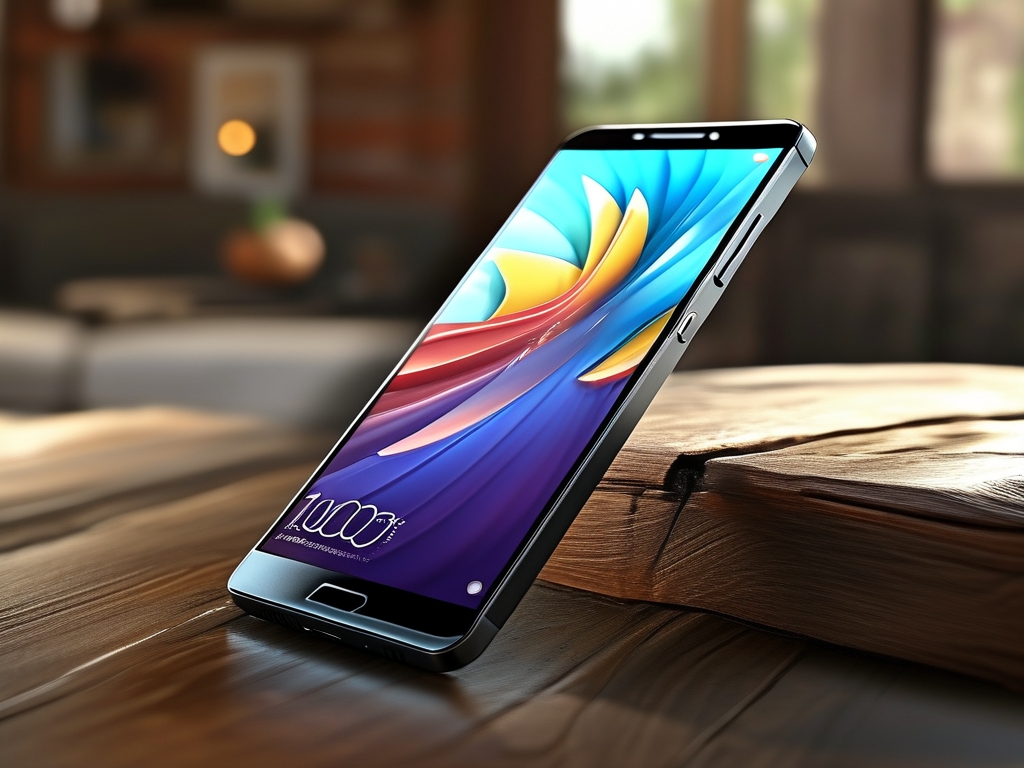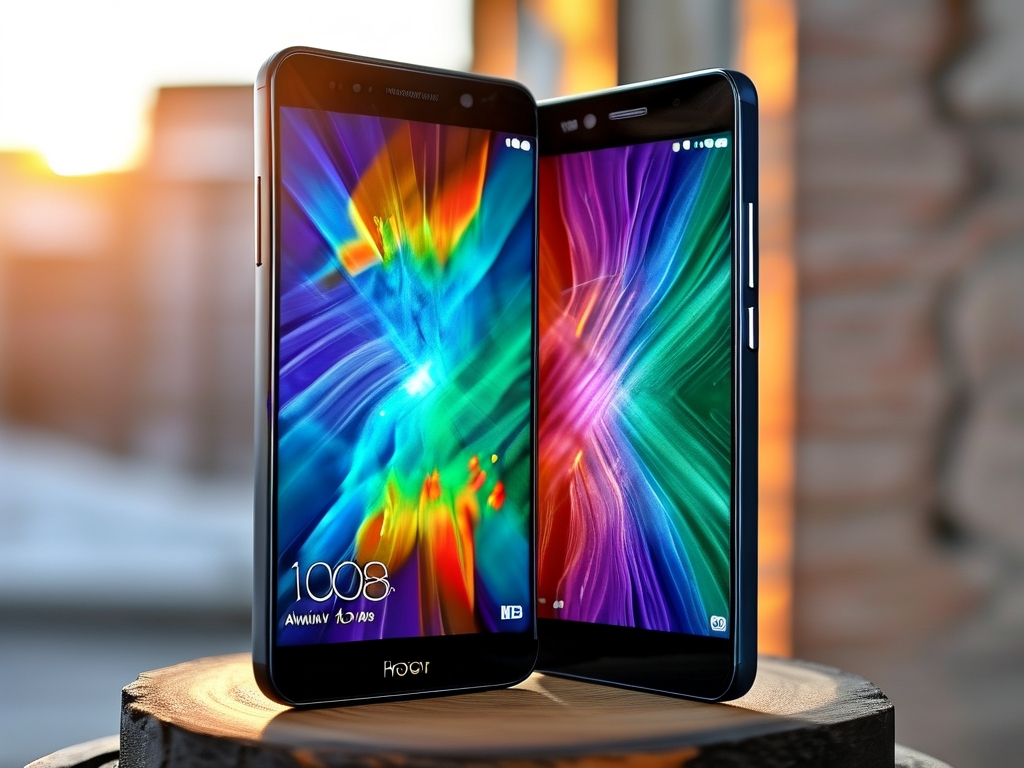The Honor 8, launched in 2016 by Huawei’s sub-brand Honor, was praised for its sleek design, dual-camera setup, and affordability. However, over time, some users reported concerns about its performance, particularly regarding memory-intensive tasks. This article delves into whether the Honor 8 is inherently slow in handling memory-related operations, explores potential causes, and provides context about its hardware and software limitations.
Hardware Specifications and Memory Configuration
The Honor 8 shipped with two RAM options: 3GB or 4GB, paired with 32GB or 64GB of internal storage. Its Kirin 950 chipset, while competitive at the time, featured a Mali-T880 MP4 GPU and a 16nm fabrication process. For basic tasks like browsing, messaging, or media playback, these specs were sufficient. However, modern apps and multitasking demands have evolved significantly since 2016.
A key limitation lies in its RAM capacity. While 3GB/4GB was standard for mid-range devices in 2016, today’s apps and operating systems consume more memory. For example, social media apps like Instagram or TikTok, combined with background processes, can quickly fill available RAM, forcing the device to rely on slower storage-based "virtual memory." This leads to app reloads, laggy transitions, and delayed responses.
Software Optimization and EMUI Overhead
The Honor 8 originally ran EMUI 4.1 (based on Android 6.0 Marshmallow) and received updates up to EMUI 8.0 (Android 8.0 Oreo). While updates improved security and features, Huawei’s EMUI has historically been criticized for aggressive background process management. To extend battery life, EMUI restricts app activity in the background, which can ironically worsen performance. For instance, frequently used apps might reload from scratch instead of staying cached in RAM, increasing latency.
Additionally, EMUI’s heavy skin adds overhead. Custom animations, pre-installed apps, and background services consume RAM and CPU resources, leaving fewer assets for user-facing tasks. Over time, as apps grew more resource-hungry, this overhead became more noticeable.
Storage Speed and Its Impact
The Honor 8 uses eMMC 5.1 storage, a standard for mid-range devices at the time. While adequate for basic file transfers, eMMC is significantly slower than UFS (Universal Flash Storage), which became mainstream in flagship devices around the same period. Sequential read/write speeds on eMMC 5.1 max out at ~250MB/s, whereas UFS 2.0 offered speeds up to 850MB/s.
Slower storage affects app launch times, file access, and even system updates. For memory-intensive tasks like video editing or gaming, this bottleneck becomes apparent. When RAM is saturated, the device uses storage as "swap memory," exacerbating delays due to eMMC’s limitations.
Aging Battery and Thermal Throttling
Battery degradation is another indirect factor. As lithium-ion batteries age, their ability to sustain peak performance diminishes. The Honor 8’s 3000mAh battery, after years of use, may struggle to deliver consistent power to the CPU and GPU. This triggers thermal throttling—a safety mechanism that reduces chipset speed to prevent overheating—resulting in slower performance during prolonged tasks.

Comparative Analysis with Modern Devices
To contextualize the Honor 8’s performance, consider modern smartphones with 6GB–12GB of RAM, UFS 3.1 storage, and advanced processors like the Snapdragon 8 Gen 2. These devices handle multitasking effortlessly, whereas the Honor 8’s aging hardware struggles with newer software demands. For instance, running Android Auto while navigating and streaming music might cause noticeable lag on the Honor 8.
Mitigating Performance Issues
While hardware limitations are irreversible, users can optimize their Honor 8 experience:
- Limit Background Processes: Restrict non-essential apps from running in the background via EMUI’s battery settings.
- Use Lite Apps: Switch to lightweight app versions (e.g., Facebook Lite) to reduce RAM and CPU usage.
- Clear Cache Regularly: Accumulated cache files slow down storage access.
- Factory Reset: A clean OS install can eliminate software bloat and improve responsiveness.
- Avoid Heavy Multitasking: Stick to 2–3 apps at a time to minimize RAM pressure.
The Honor 8 is not inherently slow, but its hardware and software design reflect 2016 mid-range standards. When pushed beyond its original use case—such as running modern apps or multitasking—its limitations in RAM, storage speed, and software optimization become apparent. While it remains functional for basic tasks, users seeking seamless performance in memory-heavy scenarios should consider upgrading to a newer device with updated specifications. Nevertheless, understanding these constraints helps users manage expectations and adopt strategies to prolong the device’s usability.


